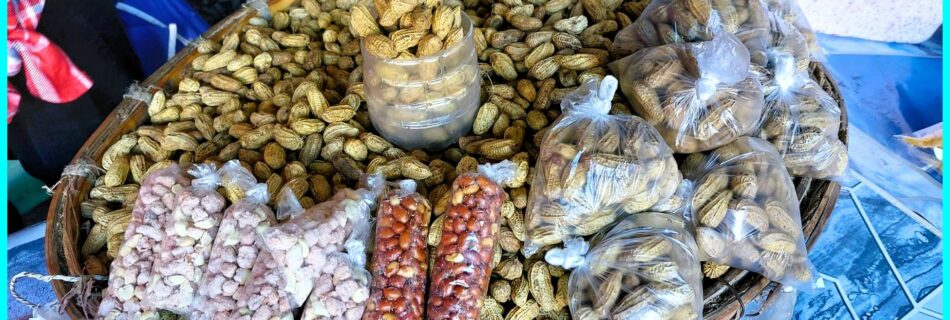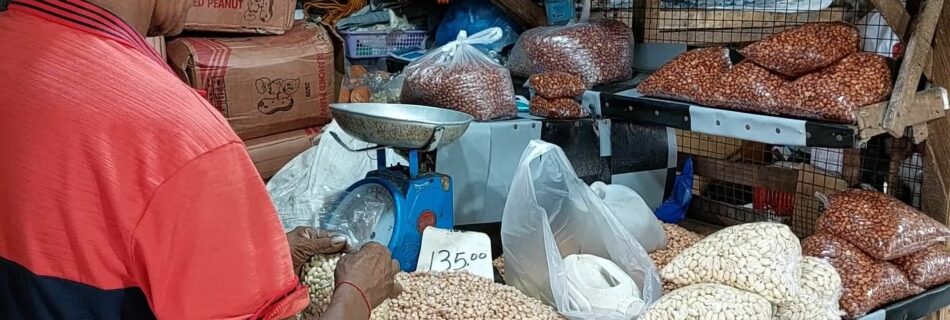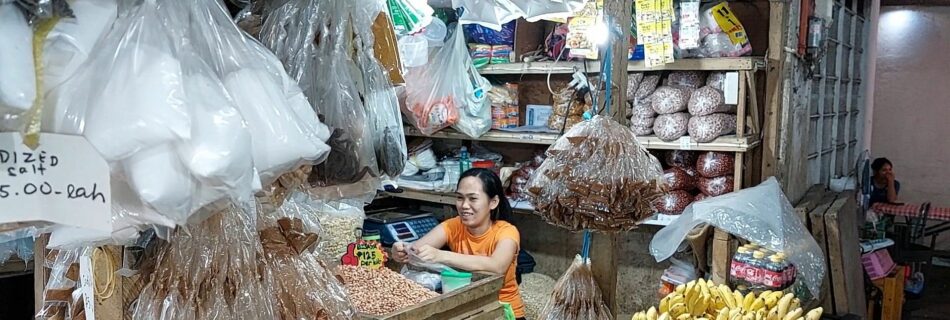Peanuts in Philippine Culture: Unveiling Their Significance and Influence The Influence of Peanuts on Philippine Culture: A Deep Dive into Agriculture, Cuisine, and Economy The Philippines, known for its vibrant cuisine and rich cultural heritage, thrives in peanut farming, boasting delicious locally grown peanuts that have become an integral part of the nation’s culture. Peanuts significantly impact the Philippine economy, contributing substantially to exports and displaying versatile uses that drive demand. This resilient legume, cultivated by local farmers, proves profitable in diverse climatic conditions. In 2022, peanut production reached 31.52 thousand metric tons, showcasing substantial growth and leading to an increase in peanut suppliers. Within the realm of Philippine culture, peanuts, locally known as ‘Mani,’ play a central role in various culinary delights. From the iconic Kare-Kare, a delectable mix of meat and peanut butter, to the popular street food Adobong Mani and Pancit, peanuts are a staple ingredient in Filipino gastronomy. The Philippines showcases an array of peanut varieties, including Indian Peanuts with diverse types like red Natal, Bold, and Java, offering versatility in culinary applications. China Peanuts, renowned for their high-quality oil, find their place in stews and soups, satisfying both locals and tourists. Valencia peanuts, with their bright red skin and multiple kernels, are commonly enjoyed boiled or roasted, predominantly produced in West Texas and New Mexico. In addition to its culinary significance, peanuts contribute to the country’s economic growth, food security, and income augmentation. The Philippines boasts top-quality peanuts, with a growing number of suppliers meeting the rising demand. Agrocrops stands out as one of the country’s leading peanut suppliers, specializing in the export, shipment, and processing of homegrown peanuts. With a commitment to world-class quality and unmatched service, Agrocrops ensures the satisfaction of millions worldwide. Rely on Agrocrops for peanuts that bring joy and embody excellence in quality, technique, and technology.



